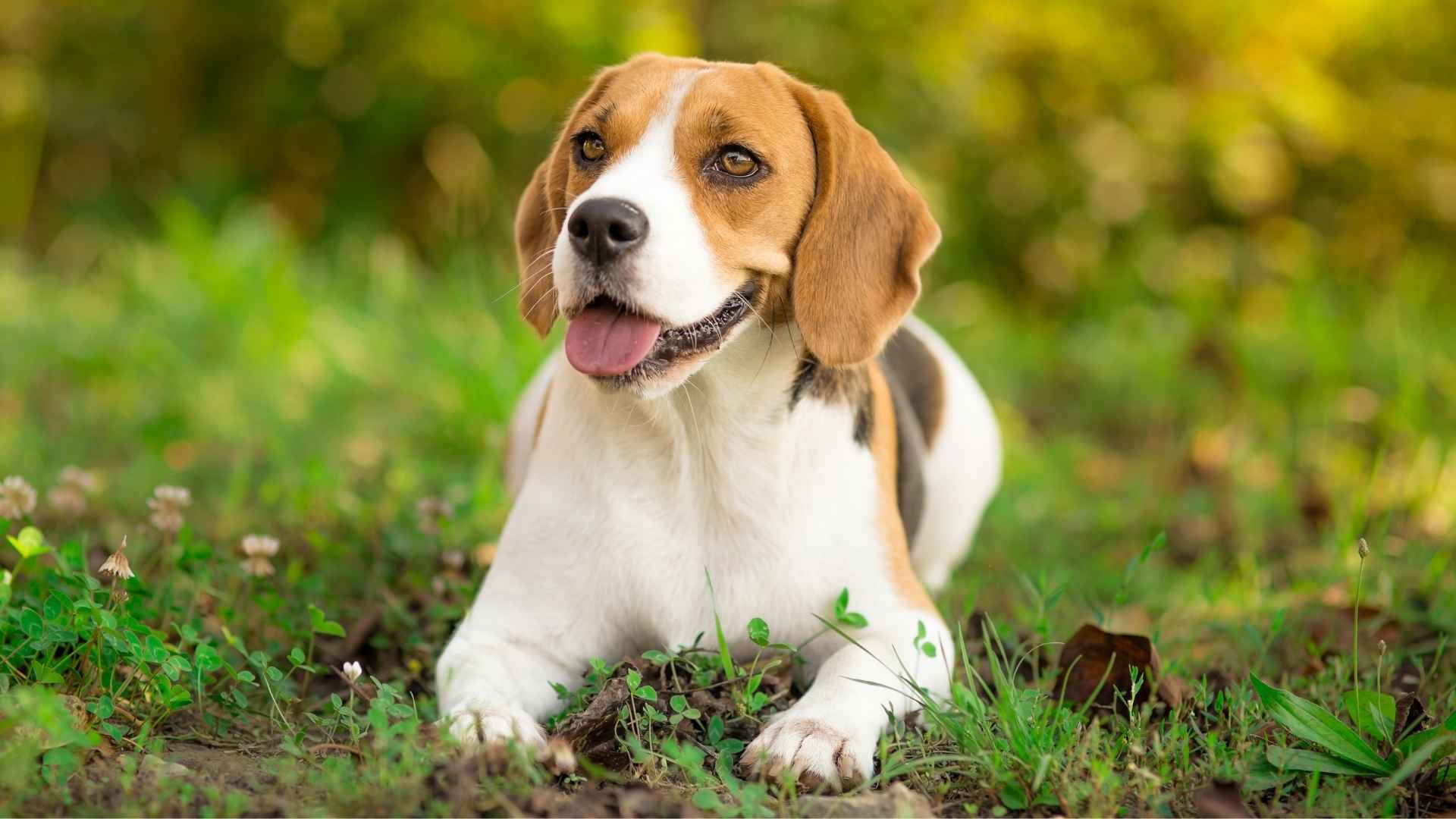Let’s face it, while dogs are lovable, loyal, and endlessly entertaining, they’re not always the freshest-smelling companions. Whether it’s from natural oils, skin folds, or an insatiable love for rolling in questionable things, some breeds are simply smellier than others. If your nose tends to be sensitive or you just prefer a more scent-neutral household, it’s worth knowing which pups bring more than just affection to the table.
In this article, we’re diving nose-first into the stinkiest dog breeds. From flat-faced pups with hygiene challenges to water-loving dogs with moisture-trapping coats, our list features some surprising (and adorable) candidates. Don’t worry, just because they’re a bit on the ripe side doesn’t mean they aren’t worth the love.
Whether you’re already the proud parent of one of these fragrant furballs or considering adoption and want to avoid daily air fresheners, we’ve got the lowdown on which breeds are known for their strong odors, and what you can do to manage the stink without sacrificing snuggles.
Stinkiest Dog Breeds
1. Basset Hound
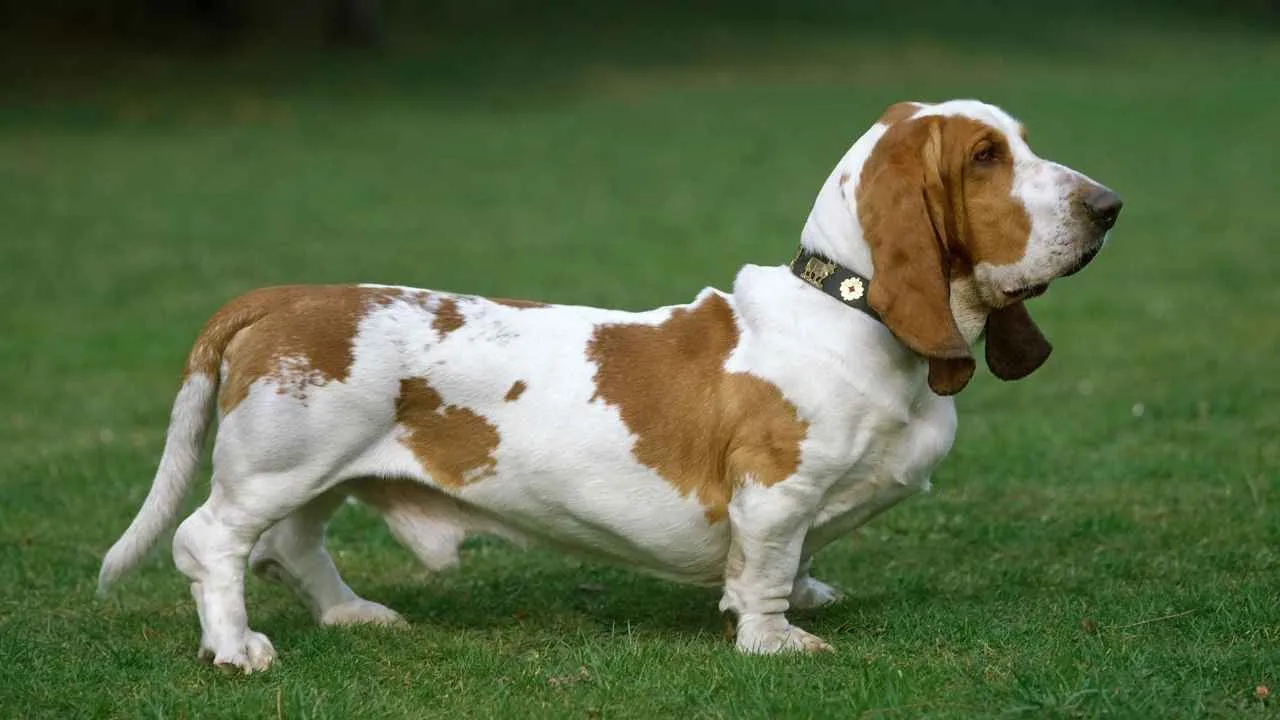
If you’ve ever caught a whiff of that unmistakable “doggy smell,” there’s a good chance a Basset Hound was nearby. Known for their adorably droopy ears and wrinkled skin, these hounds are also infamous for their strong, lingering odor.
Originally bred in France to hunt rabbits and hares, Basset Hounds boast a weather-resistant, oily coat and a body low to the ground, both of which contribute to their tendency to get dirty quickly and retain smells.
Combined with their love of lounging, it’s no surprise they’re considered one of the stinkiest dog breeds. PetMD describes the Basset Hound as a calm and friendly dog with a laid-back personality. They tend to be loving and sociable with children and other animals, particularly when well-socialized, properly introduced, and supervised.

Grooming
Though their short, smooth coat may appear low-maintenance, Basset Hounds need regular grooming to keep odors at bay. Their coat’s natural oils make them prone to strong smells, especially if not bathed every couple of weeks.
Daily brushing helps with excessive shedding, while their long ears and facial wrinkles require frequent cleaning to prevent infection and odor buildup. Using gentle products for sensitive skin is essential to avoid irritation and maintain hygiene.
Fun Fact: The word “basset” comes from French, meaning “low-set”, a fitting name for this short-legged, scent-driven breed descended from the St. Hubert Hound.
2. Beagle

Beagles are undeniably cute, curious, and full of energy, but they’re also among the stinkier breeds, thanks to their origins as scent hounds. Britannica states that the Beagle is a small hound breed well-known for its popularity as both a hunting dog and a family pet.
Bred to hunt rabbits in packs, Beagles developed a distinct “hound odor” that helped other dogs recognize individual pack members while tracking game. This strong, musky smell, common among hounds, is embedded in their skin and coat oils. Add in their long, floppy ears, which can trap moisture and bacteria, and you’ve got a recipe for some persistent doggy aroma.
Grooming
Despite their short, dense coat, Beagles require consistent grooming to control odor. Weekly brushing helps remove loose hair and distribute natural oils, while more frequent brushing is needed during seasonal shedding.
Their coat’s oily texture, typical of hounds, tends to hold onto scent, so bathing every few weeks, or sooner if they get into something, can help. Their ears must be cleaned regularly to prevent infections, a common odor culprit in this breed. Regular dental hygiene is also essential, as poor oral care can contribute to overall smell.
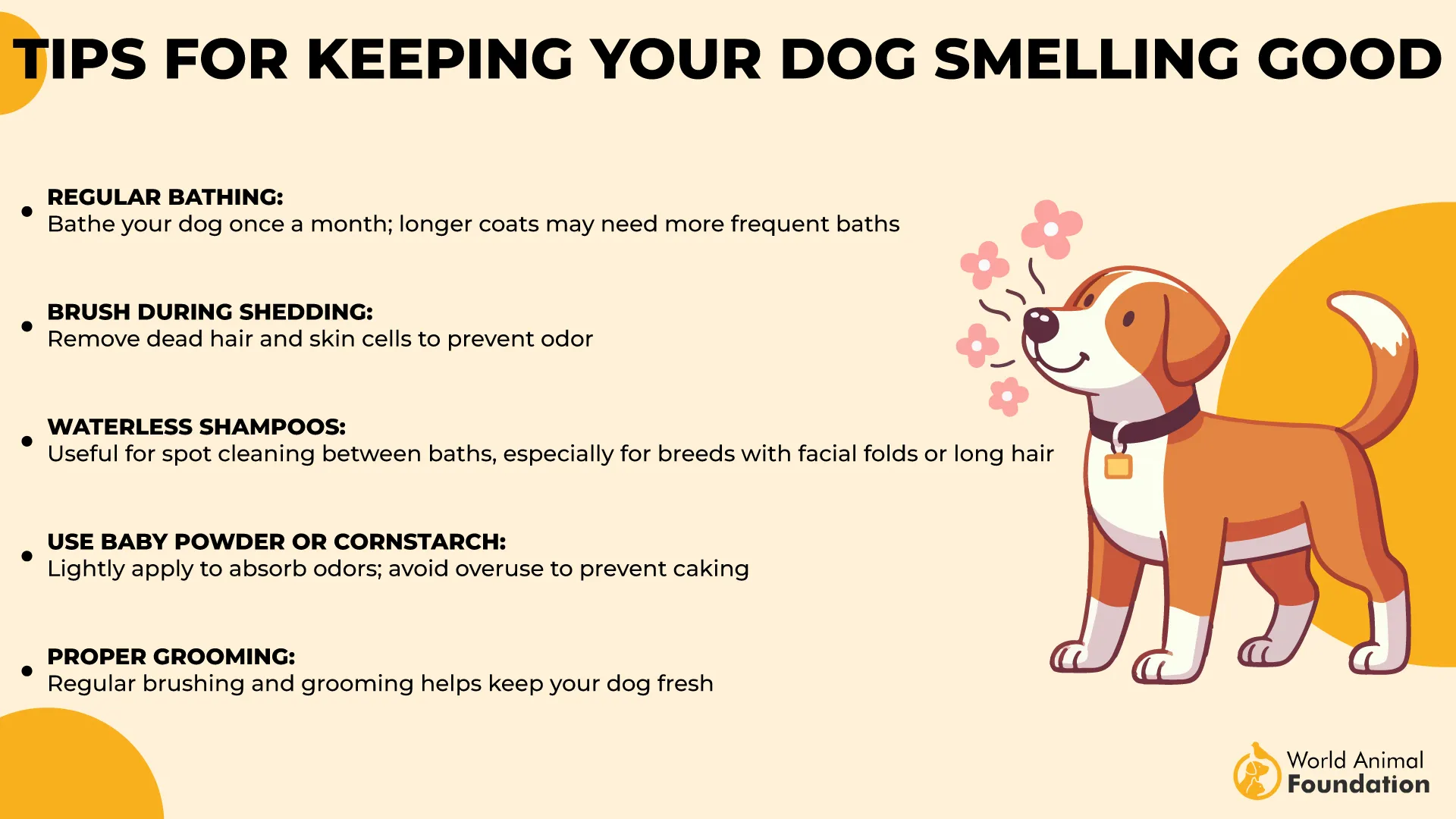
Fun Fact: Beagles were bred with a unique scent profile, allowing other pack members to identify them by smell while tracking prey.
3. Bloodhound
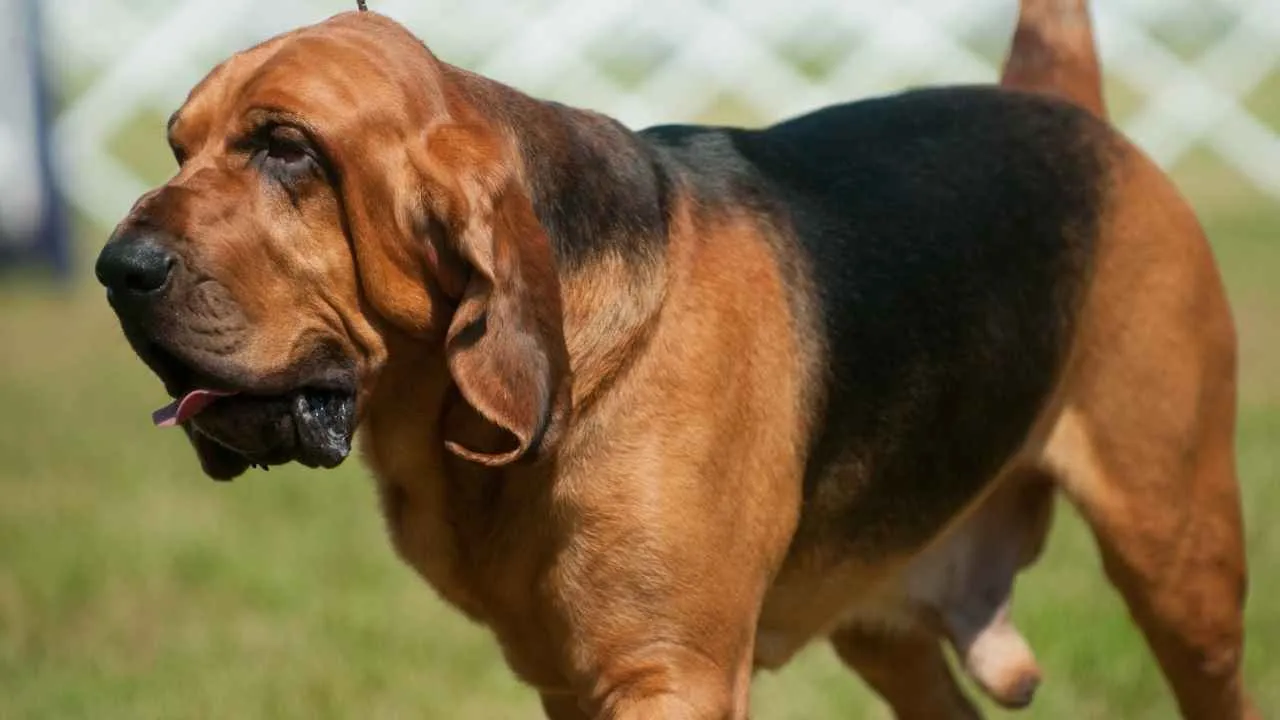
Bloodhounds are a globally renowned breed, widely regarded as the ultimate tracking dogs, according to WebMD. With a legendary nose that can follow a trail over great distances and even across water, this large hound was built for hard work in tough conditions.
However, the same features that make the Bloodhound a phenomenal tracker, its loose skin, long ears, oily coat, and drool-prone jowls, also contribute to its reputation as one of the stinkiest dog breeds.
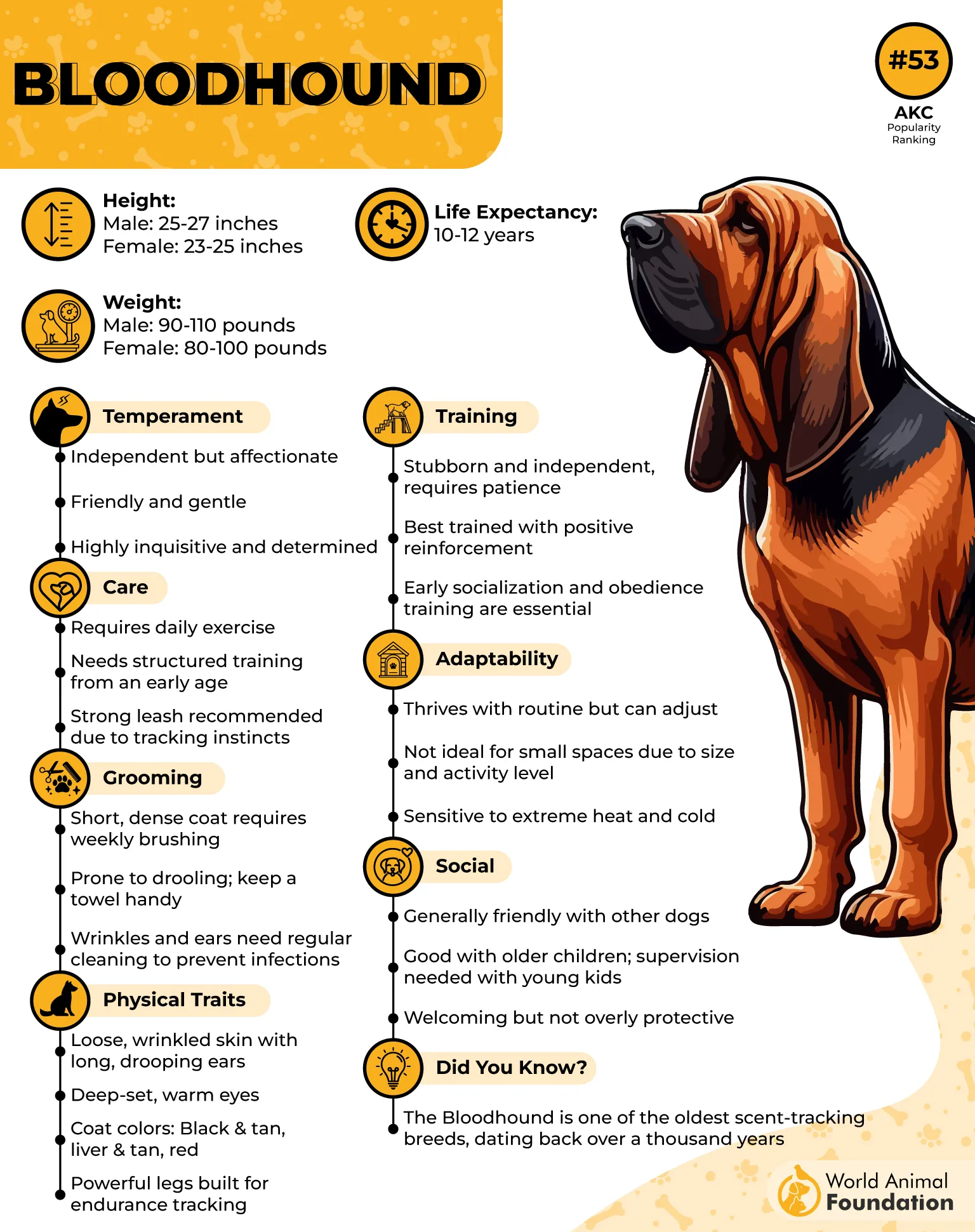
Grooming
Bloodhounds require a thoughtful grooming routine to help manage their signature hound odor. Though their short coat needs only weekly brushing to control shedding and distribute natural oils, it’s their wrinkled skin and lengthy ears that demand extra attention.
These areas are prone to trapping moisture, debris, and bacteria, which can quickly lead to unpleasant smells or infections. Regular baths are a must, and it’s essential to thoroughly clean and dry all folds and creases. Nail trims and daily dental care round out the regimen.
Fun Fact: Bloodhounds can track missing persons for days and even follow a scent across bodies of water, making them unmatched in scent-tracking ability.
4. Boxer
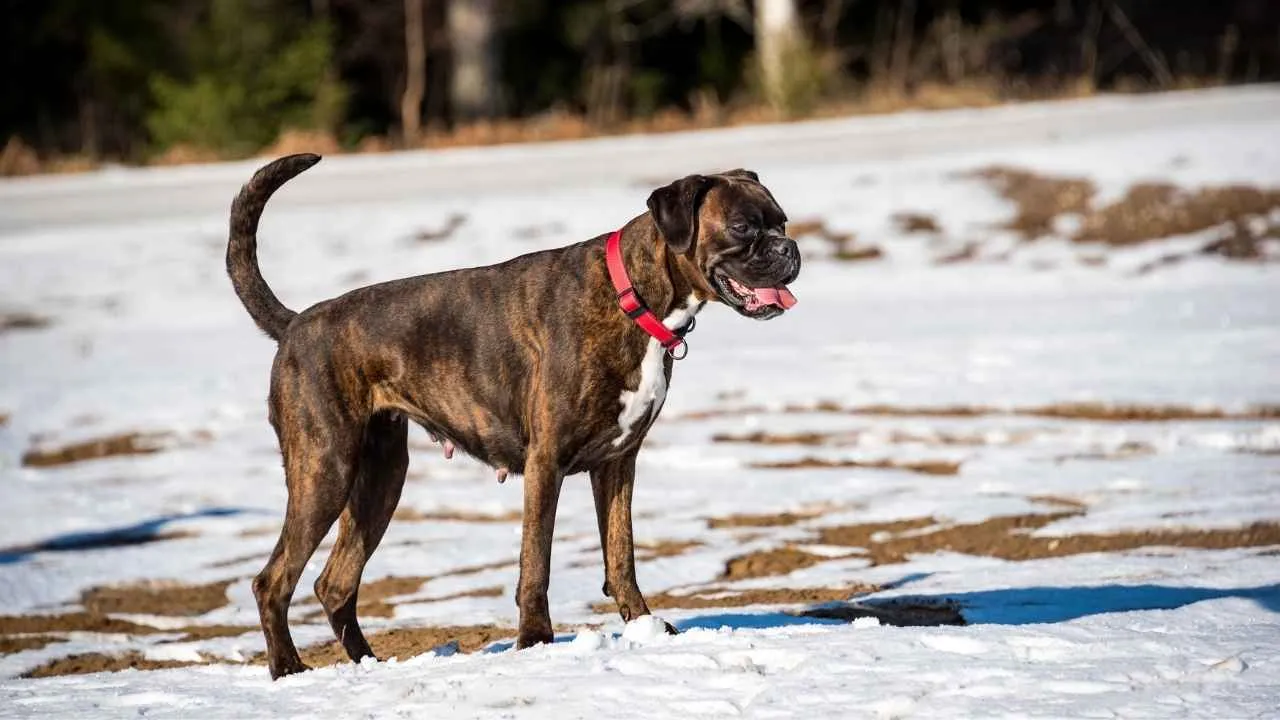
Playful and loyal, the Boxer is a beloved breed with a big personality, and sometimes an even bigger odor. Hill’s Pet states that Boxers are smart and energetic dogs who enjoy being active and engaged. Despite their sleek, short coat, Boxers are known for their distinct doggy scent, which can be intensified by natural skin oils and certain dietary sensitivities.
However, what truly lands them among the stinkiest dog breeds is their reputation for extreme flatulence. As a brachycephalic (flat-faced) breed, Boxers tend to gulp air while eating, often leading to gas buildup that can clear a room.
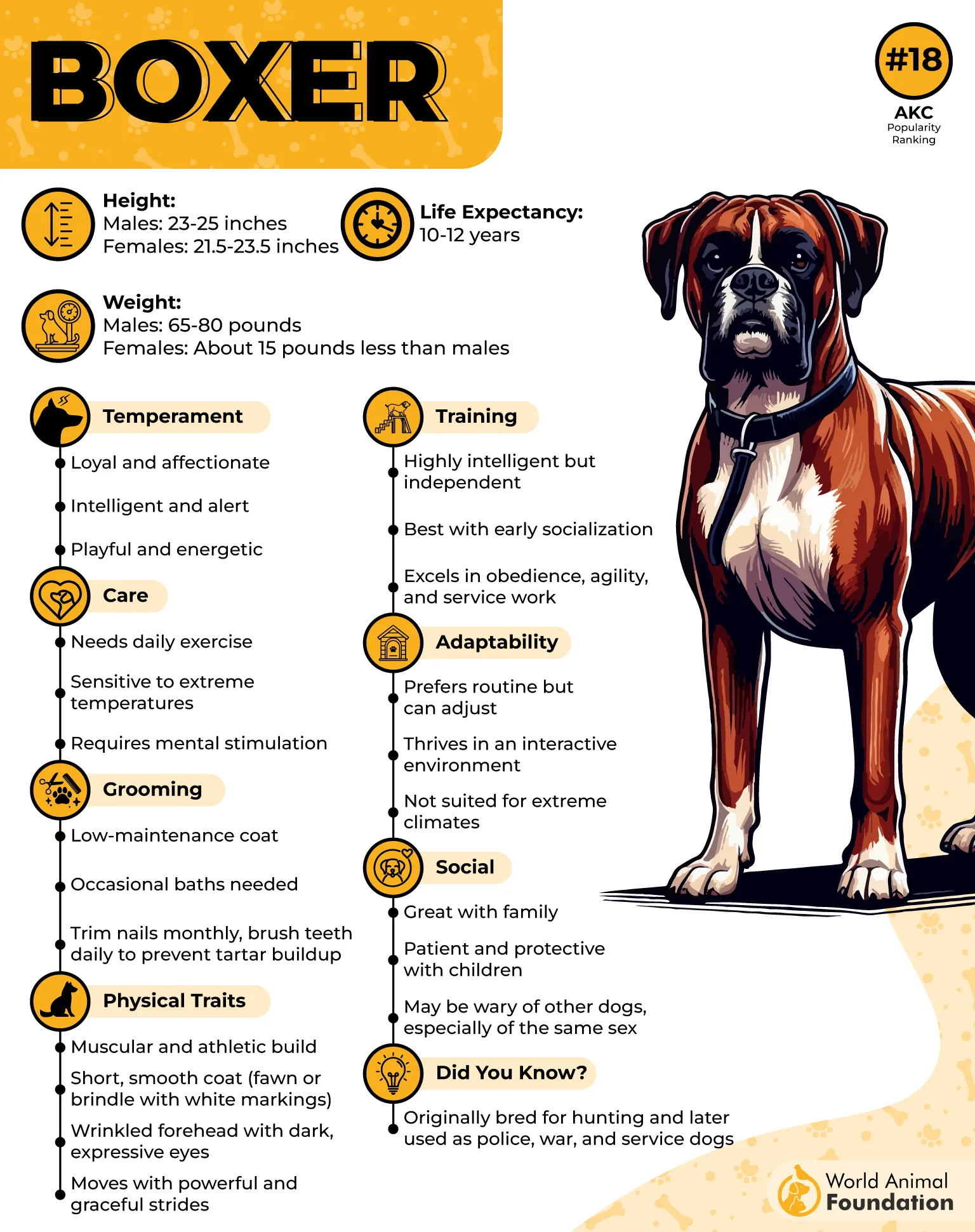
Grooming
Boxers have a smooth, single-layer coat that’s relatively easy to maintain with weekly brushing and the occasional bath. Their short fur still sheds moderately, and regular rubdowns with a grooming mitt help manage loose hair and distribute natural oils evenly.
While their coat doesn’t trap odors as much as longer-haired breeds, keeping it clean is crucial. Attention should also be given to their face and jowls, which can harbor moisture and drool if not wiped regularly. Monitoring diet is key to reducing gas and managing internal odor sources.
Fun Fact: Boxers are notorious for their flatulence, often caused by air intake while eating and dietary intolerances.
5. Saint Bernard
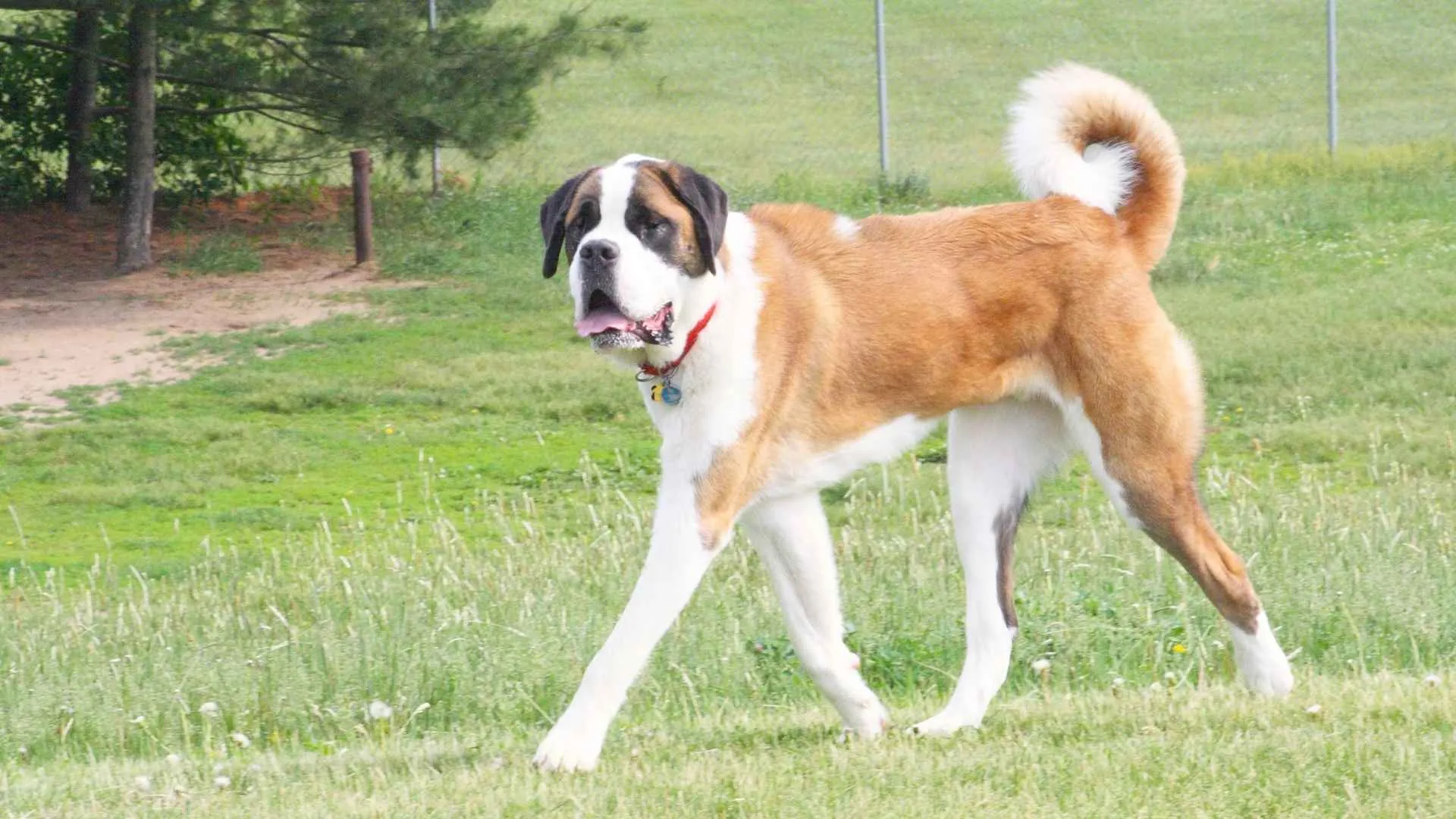
Saint Bernards may be beloved for their gentle nature and devotion to families, but they’re also one of the stinkiest dog breeds, thanks to a perfect storm of drool, dense coats, and skin folds. Originally bred for alpine rescue in Switzerland, these massive dogs have thick, weather-resistant coats that trap heat and moisture, making them prone to odor if not properly groomed.
Combine that with their signature slobber, and you’ve got a breed that requires extra attention to hygiene. PDSA describes Saint Bernards as gentle giants that are well-suited to most families, provided there is enough space for a large dog.
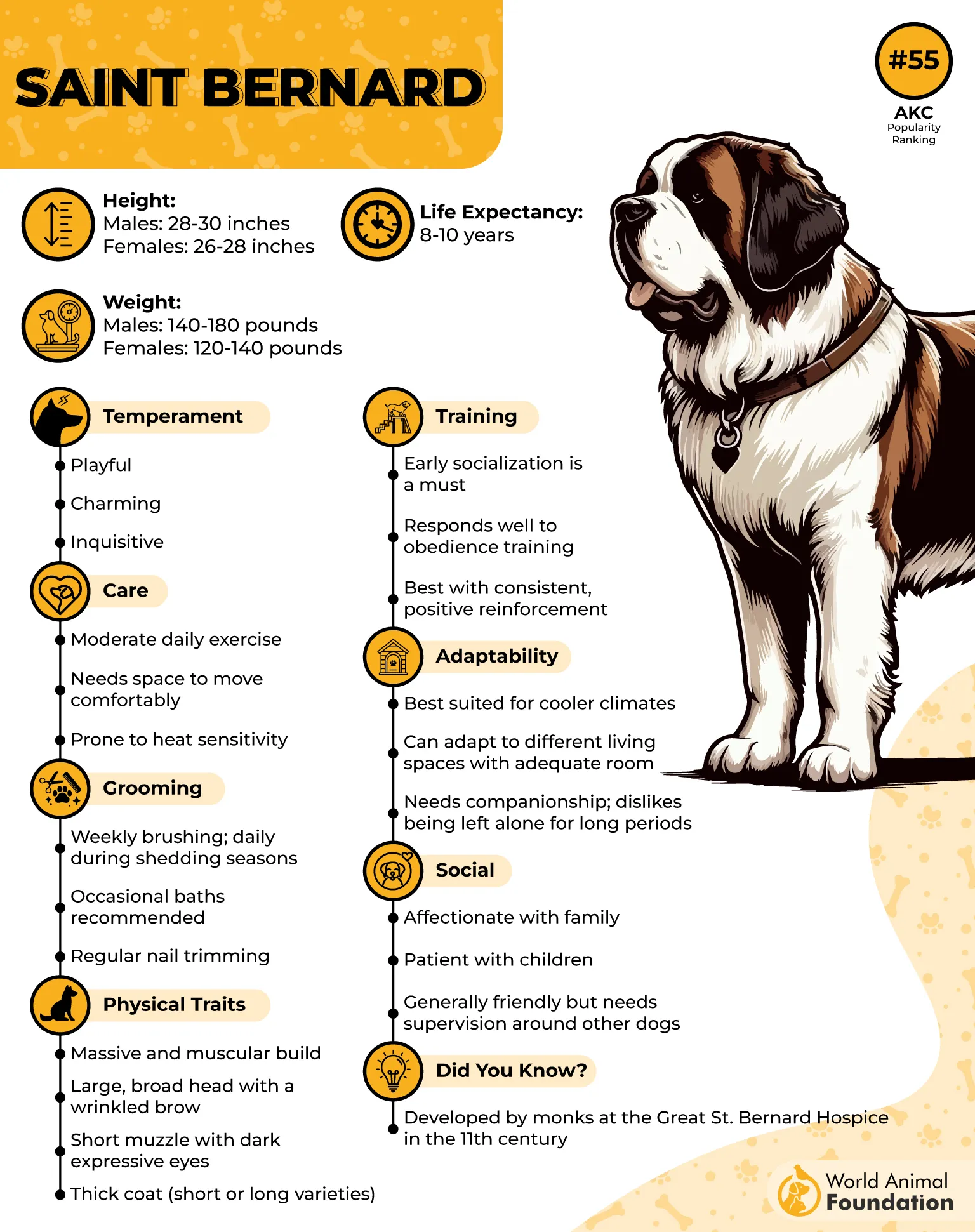
Grooming
Despite their reputation as low-maintenance in temperament, Saint Bernards need regular grooming to control odor. Their thick double coat sheds heavily year-round, requiring at least three thorough brushings per week to remove loose fur and dirt.
Frequent cleaning of the face, especially the jowls and neck, is crucial due to excessive drooling. Their skin folds and ears should also be cleaned routinely with a soft, damp cloth to prevent moisture buildup and infection. Occasional professional grooming and regular baths help manage their natural doggy smell.
Fun Fact: Saint Bernards were originally bred for mountain search and rescue in Switzerland, which explains their thick coats and tolerance for cold, but not for heat or odor buildup.
6. Cocker spaniel

The charming and affectionate Cocker Spaniel might win hearts with its soulful eyes and elegant coat, but it has high-maintenance grooming needs and a predisposition to odor-causing issues. Those long, silky ears that define the breed are prone to collecting dirt, bacteria, and moisture, an ideal environment for infections and unpleasant smells.
Additionally, their naturally oily coat and sensitivity to food allergies can lead to skin problems and even digestive issues like gas, both of which contribute to their reputation for being less-than-fresh. AKC describes the Cocker Spaniel as intelligent, cheerful, and gentle.
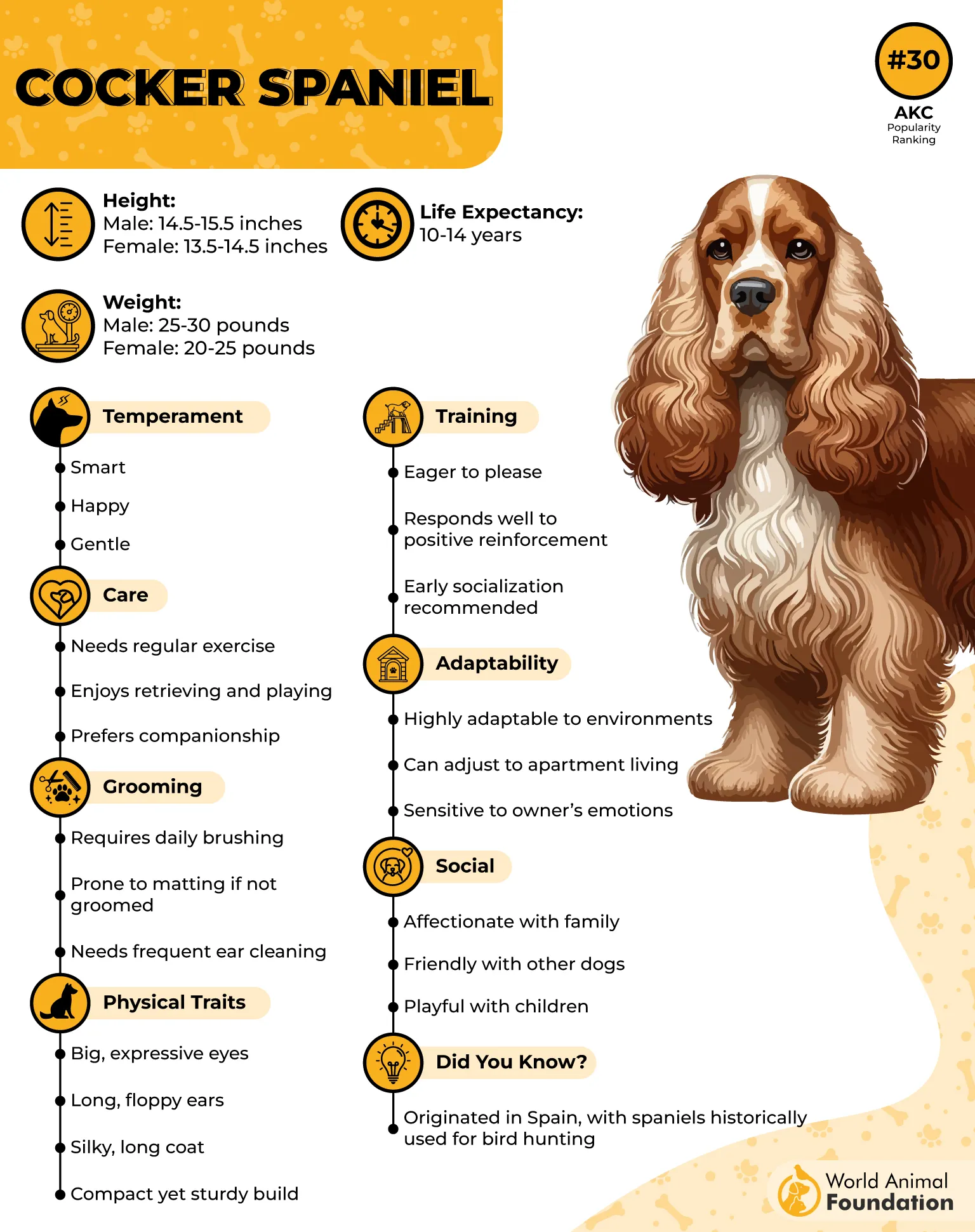
Grooming
These affectionate dogs require meticulous grooming to prevent odors and skin complications. Their luxurious coat demands regular combing with a professional-grade metal comb, followed by gentle brushing to remove loose hairs.
Frequent baths with high-quality shampoo are essential to prevent oil buildup, and careful rinsing helps avoid residue that can irritate their skin. Drying, especially around their ears, must be done thoroughly and gently to avoid infection. Their ears and mouth should also be checked and cleaned routinely, as both are common odor hotspots for the breed.
Fun Fact: The breed’s beautiful, drooping ears, one of its most iconic features, are also one of the main causes of its signature smell.
7. English Bulldog
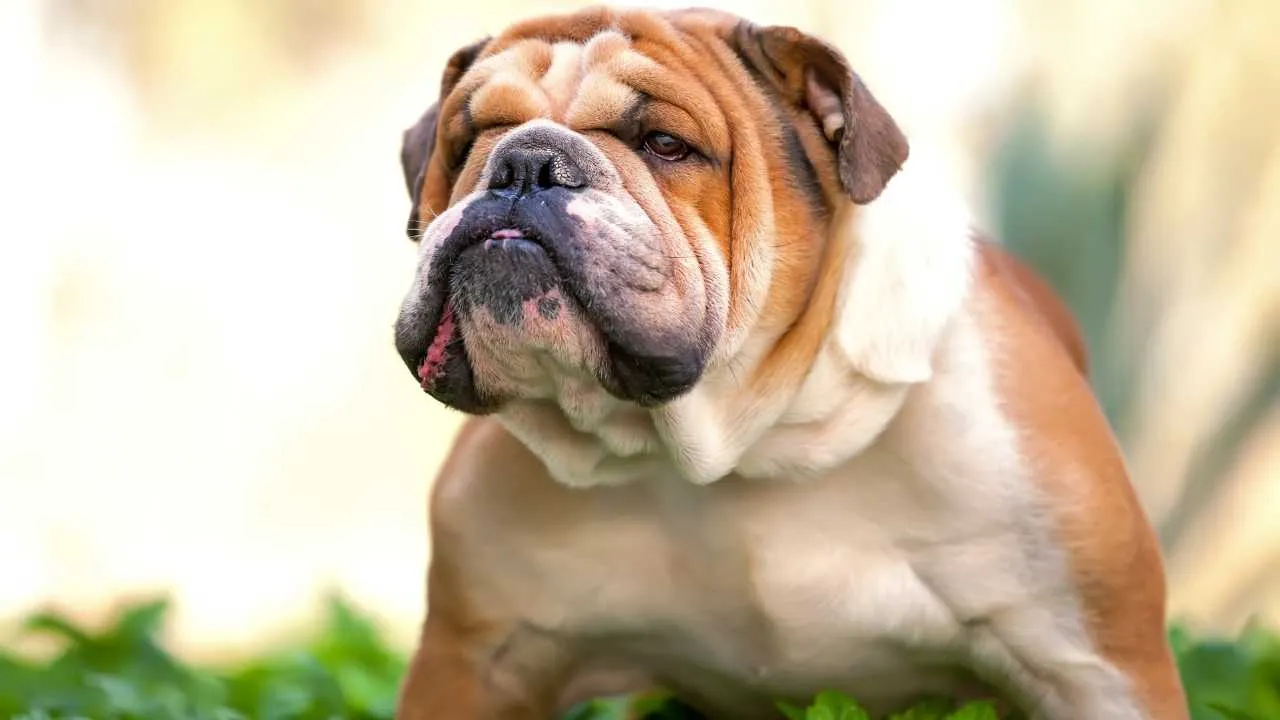
The English Bulldog is beloved for its charm, stocky build, and signature scowl. Their distinctive physique, with deep skin folds, droopy jowls, and a short, pushed-in nose, makes them both unique and prone to odor.
While Bulldogs are affectionate, mellow companions that thrive in both city apartments and suburban homes, their hygiene challenges can overwhelm unprepared dog owners. Moisture and debris easily get trapped in their folds, leading to unpleasant smells if not addressed regularly.
Grooming
Despite having a short, smooth, and glossy coat that’s easy to brush, Bulldogs require diligent grooming to stay fresh. Their deep facial wrinkles must be cleaned frequently, using cotton and dog-safe cleansers, to prevent buildup and infection.
Applying cornstarch can help keep the folds dry. Special attention is also needed under their tail stub and around the ears, as these areas are susceptible to irritation. Brushing two to three times a week and cleaning hard-to-reach spots will go a long way in minimizing their natural odor.
Fun Fact: Some Bulldogs need regular cleanings under their tail nub to prevent infections, a lesser-known but essential part of their grooming routine.
Conclusion
While every dog has its own endearing personality, some are simply more prone to odor than others. While many stinkiest breeds come with charming traits but also bring challenges like oily hound coats, loose skin folds, and droopy features that can trap moisture and debris. These factors often lead to issues such as ear infections, skin infections, and that notorious wet dog smell that’s hard to ignore without diligent care.
Maintaining a smelling fresh pup requires more than occasional baths. Regular grooming, cleaning of facial wrinkles, and proper coat care are crucial, especially for breeds naturally predisposed to odor. Whether it’s a Bulldog’s stubby tail area or a Basset Hound’s long ears, odor control starts with consistent hygiene. Even the stinkiest breeds can be sweet-smelling companions with the right grooming routine, and for many dog lovers, a little smell is a small price to pay for such loyal and lovable pets.


